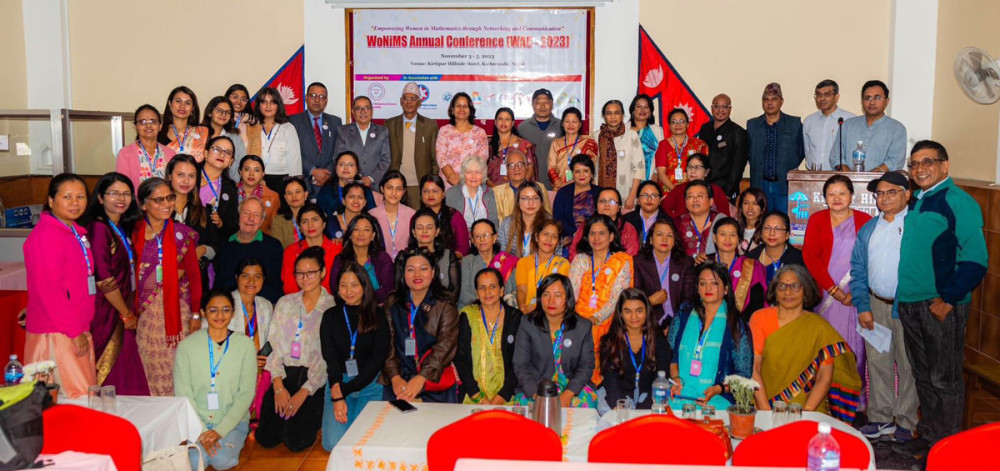
Nation Faces Critical Shortage of Mathematics Teachers, Affecting Student Success
In a concerning trend across the country's educational institutions, there is an acute shortage of mathematics teachers that stretches from primary schools to higher education universities. This shortfall has been linked to declining student performance in mathematics, prompting educational experts to urge universities to concentrate on nurturing mathematics educators.
Women Underrepresented in Mathematics
The issue is compounded by the significant gender disparity in the field, with women being notably underrepresented. In a profession where diversity is key to fostering comprehensive learning, the mere 3 percent representation of women in the mathematics teaching fraternity is especially troubling.
Student Achievement at Risk
The impact of the shortage is clearly reflected in student outcomes. Many students are failing to grasp mathematical concepts, leading to high failure rates in the subject. Authorities suggest that the lack of teachers contributes to this educational crisis and have called for focused efforts to motivate more students to pursue mathematics at higher levels of education.
Statistics Paint a Grim Picture
Within the country's 16 universities, only four, including Tribhuvan University and Kathmandu University, offer extensive mathematics programs. Despite this, there are only 482 teachers specializing in mathematics, with women making up just 27 of this number.
A study, conducted six years ago with assistance from the University Grants Commission, indicated a worrying trend of less than 100 students opting for mathematics in the campuses of Kathmandu Valley. This has led to a vicious cycle where the lack of student engagement further diminishes the interest in teaching the subject.
The SEE Performance Indicator
Further evidence of the crisis is seen in the results of the Secondary Education Examination (SEE), where an alarming 42 percent of the 485,000 examinees received D and E grades last year. This statistic is indicative of the critical need for qualified mathematics teachers in the classroom.
Educational Quality Testing Center Expresses Concern
Recent data from the Educational Quality Testing Center has exposed the weakness in students' mathematics achievement. Teachers assert that if mathematics is taught in a manner that relates to daily life and practical scenarios, student interest and learning outcomes will improve, preparing them better for future academic and professional endeavors.
The Call for Experimental Teaching Methods
Experts argue that the disconnect between the curriculum and the practical application of mathematics teaching methods is a barrier to developing new talent and properly trained educators in the field. Addressing this gap is considered essential for reviving student interest in mathematics.
The Path Forward
To combat the mathematics teaching crisis, a unified effort from educational institutions, teachers, and government agencies is deemed necessary. Implementing practical teaching methods that bring mathematics to life is expected to pique student interest and enhance academic performance.
As the nation grapples with this educational emergency, the focus is now on transforming the approach to mathematics teaching to cultivate a future generation equipped with essential mathematical skills.
Here are the Key Statistics:
|





